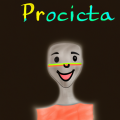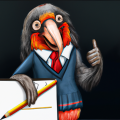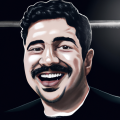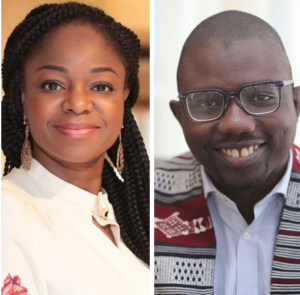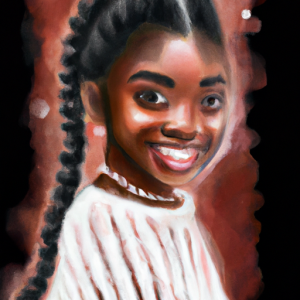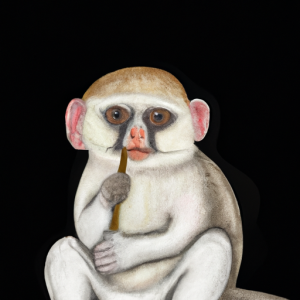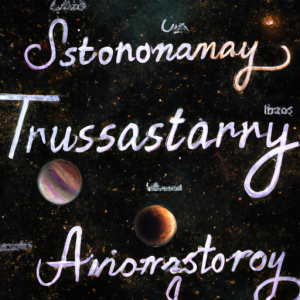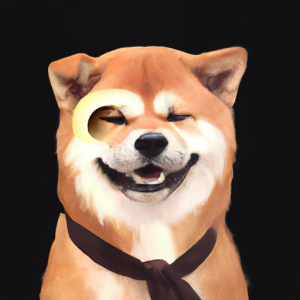Qui habite au congo
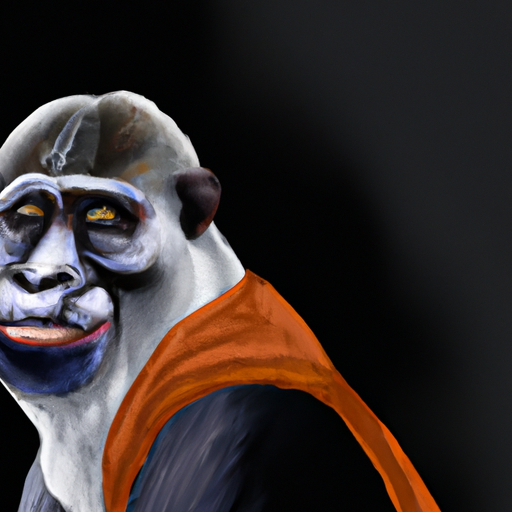
Understanding Who Lives in Congo: A Comprehensive Guide
The Congo is home to a diverse population of people from different ethnic backgrounds and cultural traditions. Qui habite au Congo, or who lives in Congo, is a question that many people around the world have asked. This blog post will explore the demographics of Congo, providing insights on the population, language, and religion. We will also look at the country’s economy and what has shaped the modern Congo. So, let’s dive in and learn more about this fascinating African nation.
The Population of Congo
The population of Congo is estimated at around 106 million people, making it the second-most populous country in Africa. Nearly 70% of the population lives in rural areas, with a high prevalence of poverty and limited access to basic social services. The country’s urban population is growing, with Kinshasa, the capital city, having a population of approximately 11 million people.
Languages Spoken in Congo
There are over 200 ethnic groups in Congo, and each has its own language. The official languages of Congo are French and Lingala, which is spoken by a large percentage of the population. Other languages spoken in Congo include:
- Kikongo
- Tshiluba
- Swahili
- Congo Swahili
- Lunda
- Luba-Katanga
With so many languages spoken in Congo, the country is a melting pot of different cultures and traditions, making it an exciting travel destination for tourists interested in learning about different people.
Religion in Congo
Congo is a predominantly Christian nation, with over 90% of the population professing the Christian faith. About 50% of the population is Catholic, while the remaining are Protestant. There are also a significant number of Muslim and traditional African religion followers in Congo.
Economy of Congo
The Democratic Republic of Congo (DRC), commonly known as Congo, is one of the richest countries in the world in terms of natural resources. The country has vast reserves of minerals such as cobalt, copper, and diamonds. Despite this wealth, Congo remains one of the poorest countries globally, with more than 70% of the population living below the poverty line. Issues such as corruption and poor governance have plagued the country, as well as years of war and political instability.
However, there have been recent developments in Congo’s economy, with the country experiencing steady economic growth in recent years. Investors in oil, mining, and manufacturing sectors have contributed to the growth, and the government is working towards economic diversification to reduce the country’s dependence on traditional exports.
Conclusion
Qui habite au Congo? The answer is a diverse population of people who speak different languages, practice different religions, and come from different ethnic backgrounds. Congo is a country of many contrasts, with vast mineral wealth and natural resources, but also faced with significant socio-economic challenges. Nevertheless, the people of Congo remain resilient, and the country has the potential to become a prosperous African nation with the right policies and development strategies.
References:
- Worldometer: Congo, Democratic Republic of the Population
- World Bank: Democratic Republic of Congo Overview
- Britannica: Democratic Republic of the Congo – Ethnic Groups and Languages
- CIA World Factbook: Democratic Republic of the Congo – People and Society
- Foreign Policy: Despite the Ragged Stature of the Congolese Army, A Close Relationship with China Persists
